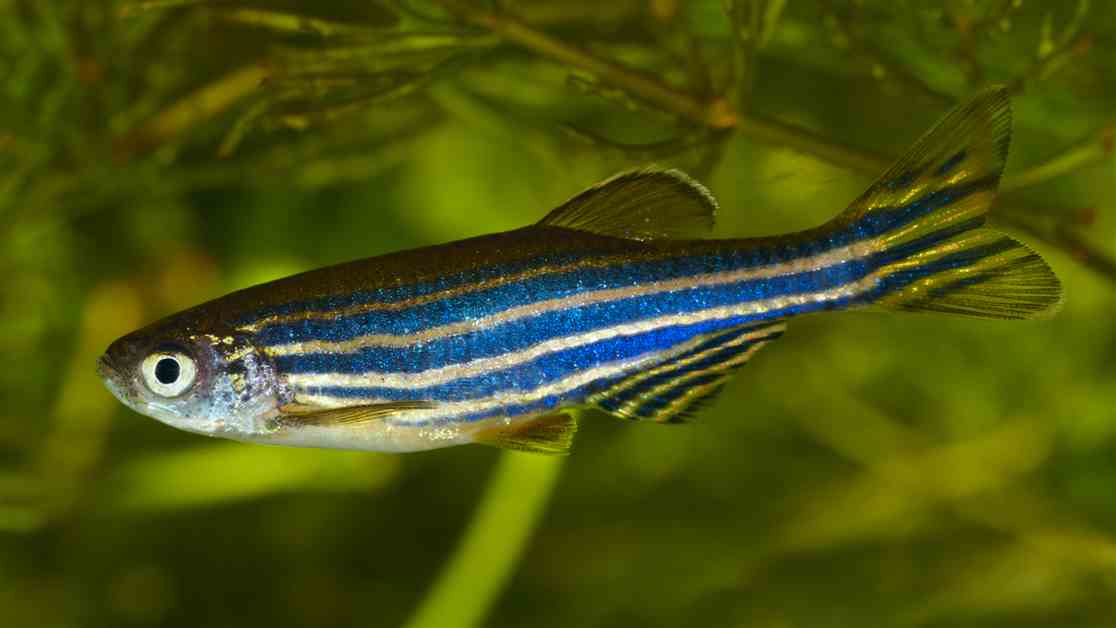Why Fish are Sent to Space: The Latest ‘Aqua Astronauts’ on China’s Tiangong Space Station
Zebrafish embryos aboard the Chinese Tiangong Space Station are the latest ‘aqua astronauts.’
Nearly 50 years ago, two mummichogs became the first fish in space, paving the way for a long history of orbiting fish research. Now, four zebrafish are swimming aboard China’s Tiangong Space Station in a self-sustaining ecosystem. The experiment aims to study how microgravity affects the fish’s life cycle and natural cycles within their closed environment.
Microgravity’s impact on living creatures is a key area of study, with zebrafish serving as a valuable model organism. These fish share similarities with humans in terms of major organs and cellular functions, making them excellent subjects for scientific research. Their transparency before hatching allows scientists to observe their development, while their genetic manipulability enables crucial experiments that would be impossible or unethical with humans.
Zebrafish have already contributed to various medical breakthroughs on Earth, from embryonic development to genetic diseases. In space, they have been integral to studying muscle atrophy and other effects of microgravity. Other fish species, including oyster toadfish and medaka fish, have also been sent to space for research purposes.
As we continue to explore the final frontier, the use of fish in space research provides valuable insights into the effects of microgravity on living organisms. These ‘aqua astronauts’ are helping us understand how to ensure the safety and health of future human missions beyond Earth.















